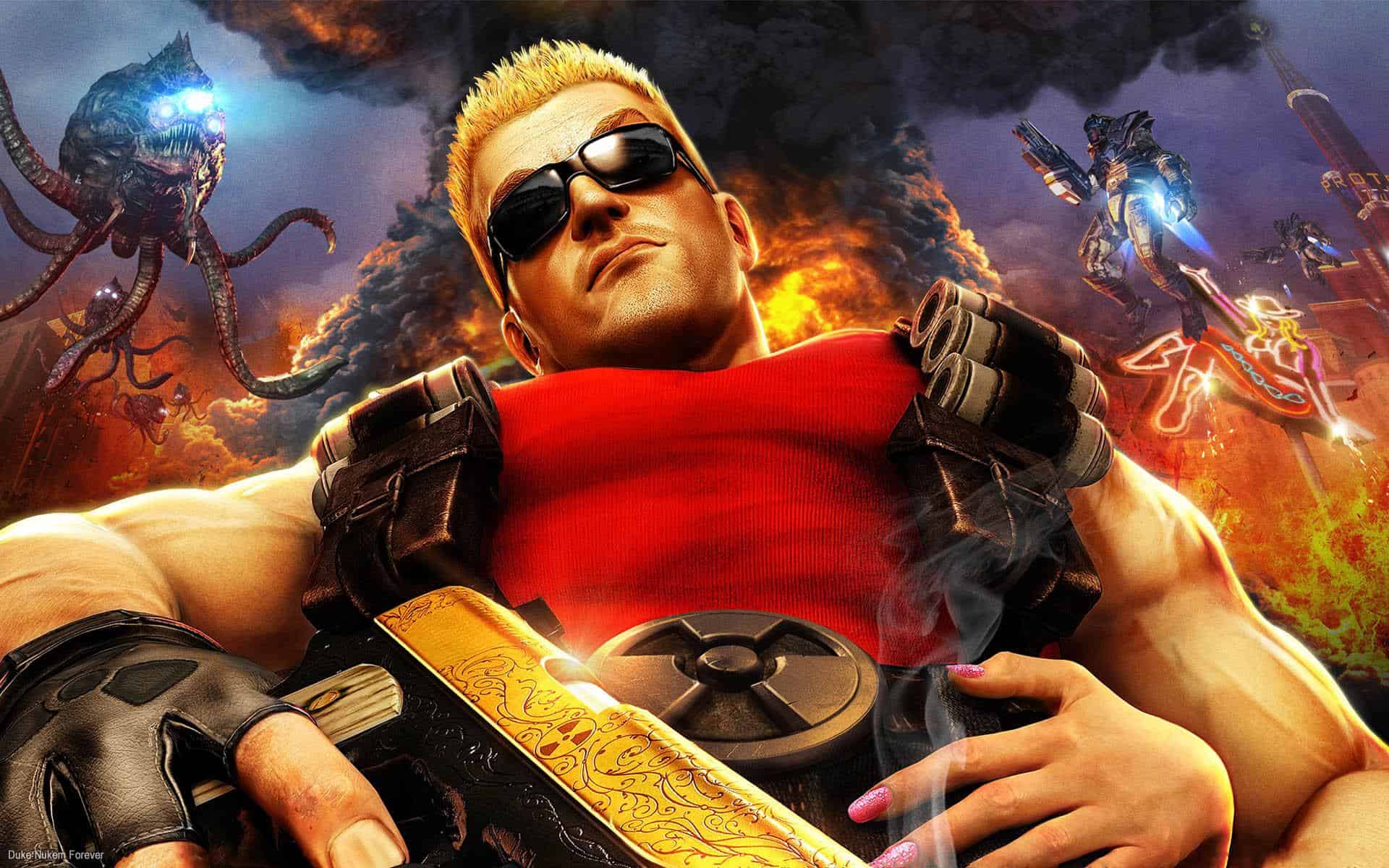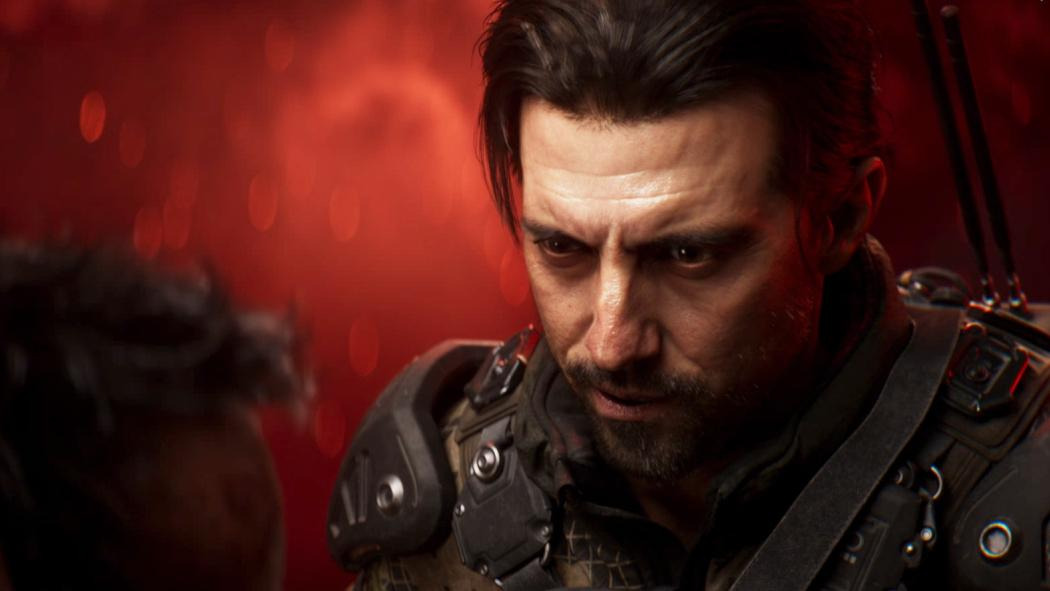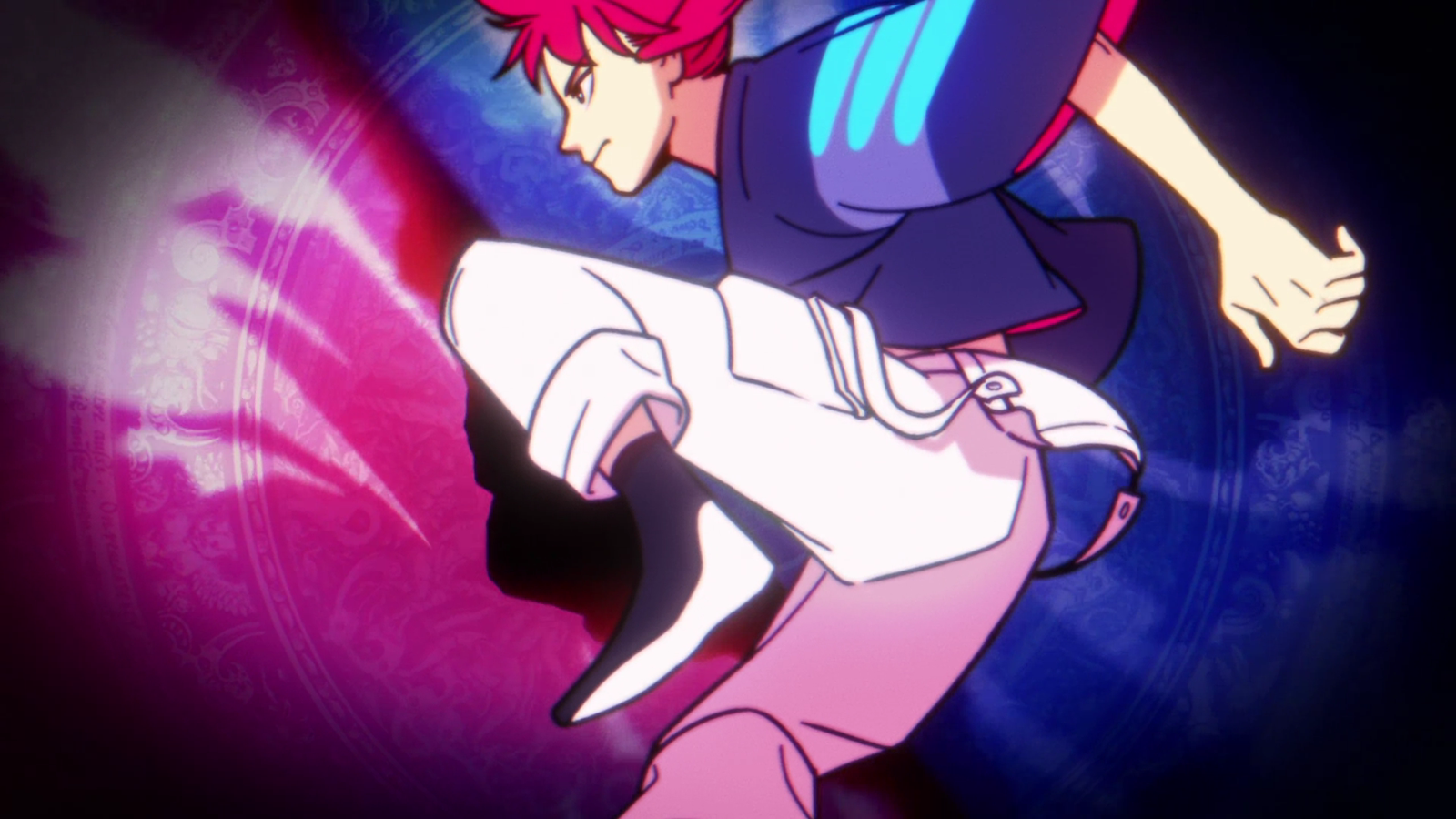You can trust VideoGamer. Our team of gaming experts spend hours testing and reviewing the latest games, to ensure you're reading the most comprehensive guide possible. Rest assured, all imagery and advice is unique and original. Check out how we test and review games here
So, after 14 years in development, Duke Nukem Forever actually happened. I was a virginal, bespotted 11-year-old when the game was originally announced in 1997, desperately eager for a continuation of the off-colour humour and explorative design I adored in Duke Nukem 3D. With the complete product finally in my 24-year-old hands, a celebratory occasion in itself after such a tumultuous development, I can safety say that such anticipation was completely and entirely undeserved.
Duke Nukem Forever should have never been released. It is one of the most lacking, uninspired, and outright inadequate games of our times, unsuccessfully attempting to cover its staid construction with nostalgia afforded by the series’ former glories. It would have been utterly disappointing in 1997, let alone 2011.
In spite of the extensive time spent in development, Duke Nukem Forever feels painfully unfinished and shockingly uninspired. Its fatal flaw is that it tries, unsuccessfully, to blend the modern style of shooter with retro sensibilities. So, despite Duke asserting that “power armour is for pussies”, you’ve got recharging health and a two-weapon inventory system mixed with an entire genre’s worth of linear paths.
Duke Nukem Forever’s protracted development clearly smacks of a foggy, uncertain vision, and nowhere is this more apparent than in the game’s basic mechanics. It baffles me that the bulk of Forever’s arsenal has been entirely carbon copied from Duke Nukem 3D (14 years and not even a single idea for an inventive new weapon?) but it makes even less sense to use most of these powerful guns in a game that’s trying to be a cover-oriented shooter that doesn’t really have any cover.
Massive swathes of the game is simply rote corridor blasting, which is particularly damning when considering how eager fans were championing this as some kind of intrinsic and glorious opposite to modern shooter tendencies in the run-up to Duke Nukem Forever’s release. The game not only concedes on its heritage in a desperate rush to gobble up every single trope of modern shooter design, it incorporates them in a particularly dreadful manner.
While it certainly isn’t a challenging game (on Normal, at least) the game is prone to odd difficulty spikes. Enemies move fast, their clunky frames of animation still looking positively balletic next to our protagonist’s wheezing movement, and dish out plenty of damage, occasionally blindsiding you before you have a chance to properly react.
Boss battles also hit a sour note, dropping you into a tiny clump of land and forcing you to do little more than exchange rockets while you hope the flimsy bit of cover you’re standing behind manages to endure the duration of the fight.
There’s also an odd and displeasing reliance on tedious jumping puzzles, which is made all the worse by the game’s painful and unforgivable loading screens – each demise forces you to wait up to a minute before you can return to the action. It’s dire.
Health is represented by the Ego meter, and is buffed up by performing various Duke-like actions within the game. Check out a jazz mag, lift some weights or knock off a boss, for instance, and your Ego meter will be permanently boosted. It’s a nice touch, and using Duke’s own inflated sense of self as a literal shield in the world is perhaps the sharpest and most intelligent gag in the entire game.
What Duke Nukem Forever lacks in quality it certainly makes up for in length. A 23 level campaign promises between 10-12 hours of gameplay, but very little of it exhibits the same kind of creative energy that made Duke Nukem 3D such a definitive and iconic game back in 1996. An indulgent and plodding introduction makes way for various monotonous locations, ending with a final and unsatisfying confrontation at the Hoover Dam.
Along the way you’ll fritter your time away in places such as the Duke Cave and Duke Burger, the latter shrinking you down to micro size and having you navigate through the kitchen – one of the game’s more creative and engaging sequences. Also of note is a mid-game interlude set in Duke Nukem’s Titty City, which allows you a respite from shooting so you can stick our hero’s virtual willy through a glory hole and then look for a condom so you can have sex with a stripper.
While they do exist, positive moments are rare and fleeting, and the overall package feels old, uninspired, and weary. Duke Nukem Forever feels like a product older than even its ridiculous development time, and the game works to its detriment to offset each tired set-piece and clunky corridor with another line of excruciating dialogue.
Duke Nukem is resolute and steadfast in its desire to be seen as risqué, yet its humour is virtually non-existent and the delivery is so desperate the game pains the player every time another flat line is delivered. Whereas Duke Nukem 3D was a fairly successful parody of the then-waning Stallone/Schwarzenegger action hero, Forever simply does its utmost to force you into a ceaseless parade of blunt profanity and dull toilet humour. One of the game’s notable features (2K Games even went as far as to produce a trailer for it) is that Duke can pick up a bit of poo from the odd toilet and throw it about, and that’s honestly about as funny as the game gets.
Duke Nukem Forever is also a startlingly hideous game. Geometry is lumpy and uninspired, models are generic and blocky, and the desaturated textures – once they’ve actually bothered to load – are coarse and bland. Then there’s the framerate, which actually manages to slow to a noticeable crawl with frightening regularity.
Even admiring yourself in front of the mirror, which hearkens back to that classic moment in Duke Nukem 3D, comes across as an unsightly relic: so ancient is the underlying technology powering the game that watching Duke’s reflection jumping is like watching him being inexplicably picked up and put down by an invisible claw.
Finally there’s a lacking multiplayer mode, spread across 12 multiplayer maps lifted mostly from the single-player campaign. The maps, which are of interesting construction, are blighted by laggy netcode and the same old deathmatch, king of the hill, and capture the flag modes – though the latter swaps out the flag with a woman who needs to be calmed down with the occasional slap on the bottom. Don’t get me started. There’s a persistent XP system in place, but there’s absolutely nothing here to encourage you back after your first game.
The argument is that its voluminous array of negatives can be excused because the game is just a harmless bit of fun and that it doesn’t take itself seriously. It isn’t fun. It’s miserable. Duke Nukem Forever might not embroil itself with the kind of po-faced sincerity of its shooter brethren, but an irreverent shooter still needs some kind of effective foundations to work from. Since stepping off his throne, the King simply doesn’t have the energy or the talent to get back on it.
I will admit that there is some kind of curious interest in watching this train wreck of a game unfold, and that I was compelled to play through all of Duke Nukem Forever’s excruciating levels in order to observe the painful descent of the series from an innovative genre-leader to clumsy copycat. If you’re also the type who might take an interest in this, you’ll be more than able to do so in three months when the game is lining the discount shelves of every store in the country.
The nicest thing Gearbox and 2K Games could have done to Duke Nukem Forever would have been to spend their marketing budget on a cannon powerful enough to fire the source code into the sun. Instead they’ve decided to make it a full-priced release and have it go toe-to-toe with bigger, better games in our modern times; an action tantamount to forcing Gelsey Kirkland into dancing in a music video alongside Rihanna and Beyonce. All things considered, The Human Centipede was less cruel than this.
As a bizarre curio of video game history, Duke Nukem Forever’s appeal cannot be denied, and there is some entertainment derived from overlooking the end product of one of history’s most troubled productions. The main thing we can learn looking backwards, however, is that no game should be like this going forward.
Duke Nukem Forever
- Platform(s): macOS, PC, PlayStation 3, Xbox 360, Xbox One
- Genre(s): Action, First Person, Shooter

/https://oimg.videogamer.com/images/3970/duke_nuken_forever_9.jpg)
/https://oimg.videogamer.com/images/cc1e/duke_nuken_forever_12.jpg)






